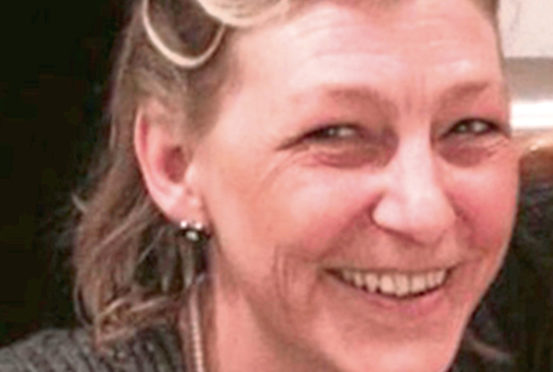
The parents of the woman who died in the Novichok poisonings have said they blame the UK Government for putting the public at risk.
Dawn Sturgess, 44, died last July after accidentally coming into contact with the deadly nerve agent, which had been used to attack former Russian spy Sergei Skripal and his daughter Yulia.
It is alleged the poisoning was carried out by the Russian state.
The parents of Ms Sturgess, Stan and Caroline, said they had concerns about why Mr Skripal had been settled in Salisbury, the scene of the attack.
Mr Sturgess, a retired bricklayer, said: “I want justice from our own Government. What are they hiding? I don’t think they have given us all the facts.
“If anyone, I blame the Government for putting Skripal in Salisbury. If they’d targeted Dawn specifically, it would be different. I don’t care if (the Skripals’ attackers) are arrested or put in prison.”
He added: “I don’t know where Skripal is and I don’t know what I’d do if I met him. He’s still got his daughter.”
Speaking about the Skripals, Mrs Sturgess, a retired civil servant, said: “It’s sad they ended up in a coma but they weren’t the true victims. Skripal took risks – he must have known there was a chance people were still after him.”
Last September, Scotland Yard and the Crown Prosecution Service said there was sufficient evidence to charge two Russians with offences including conspiracy to murder over the Novichok attack.

Enjoy the convenience of having The Sunday Post delivered as a digital ePaper straight to your smartphone, tablet or computer.
Subscribe for only £5.49 a month and enjoy all the benefits of the printed paper as a digital replica.
Subscribe